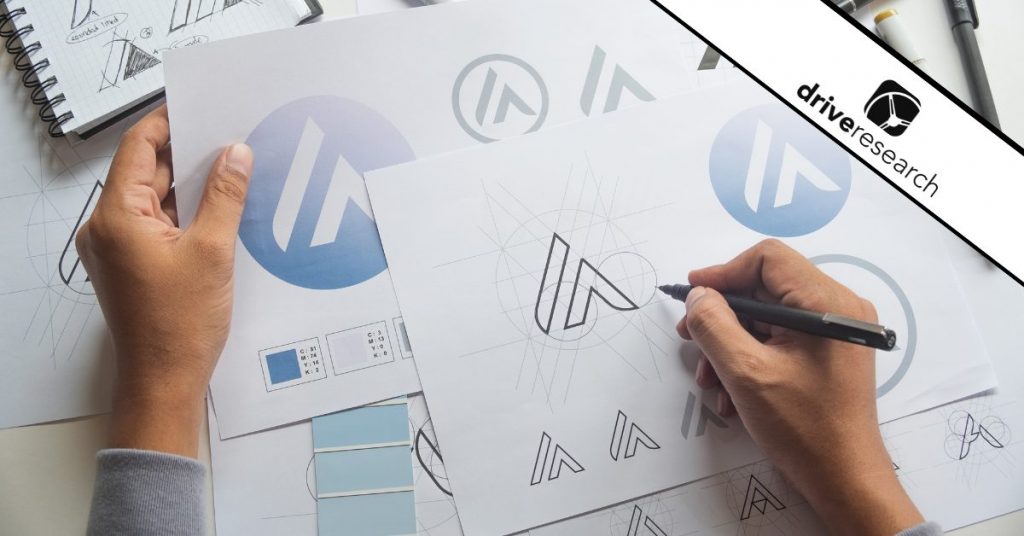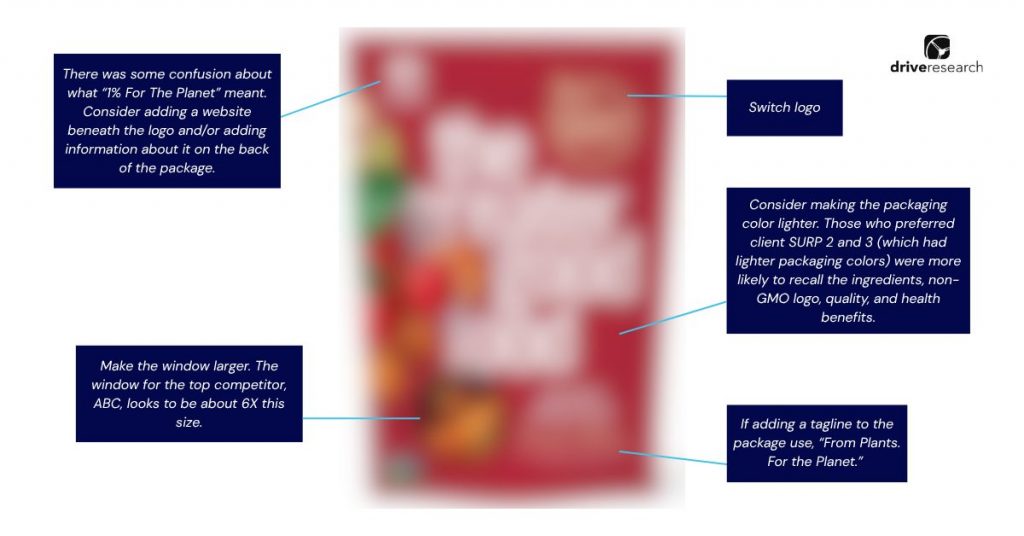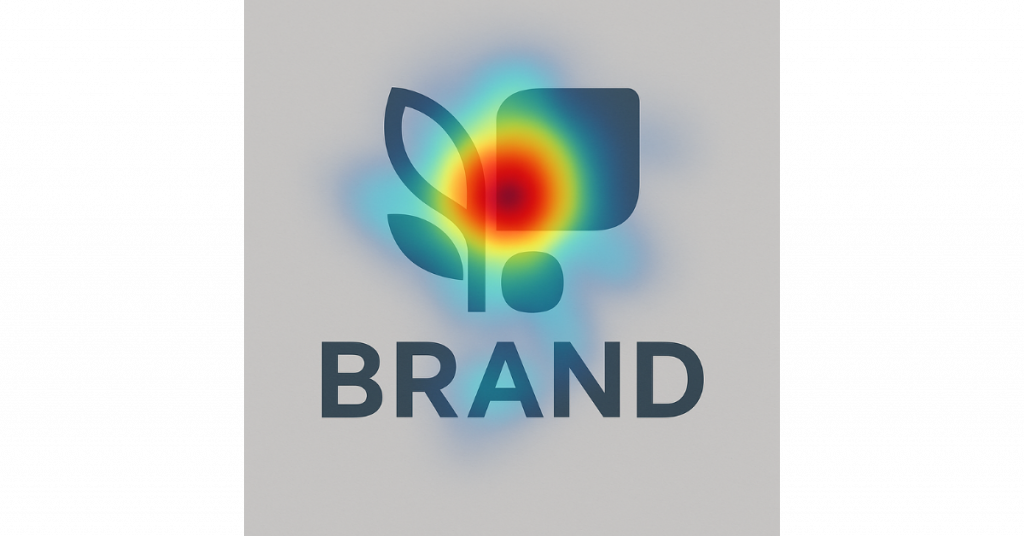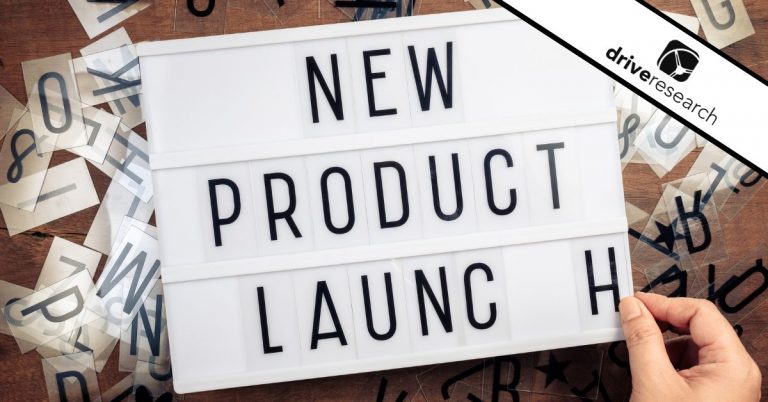
Picking the right logo is a major decision for any brand. Whether you are refreshing an existing identity or launching something entirely new, your logo often serves as the gateway to how people perceive your business.
Instead of relying on gut instinct, which can be misleading, logo testing with market research lets you gather clear data about how your target audience reacts. With well‑designed studies, you can refine concepts, avoid costly redesigns, and launch with confidence.
In this comprehensive guide, we dive deep into everything you need to know about logo testing from why it matters to steps to how to do it with your design(s).
What is Logo Testing Market Research?
Logo testing market research is the process of gathering feedback from your target audience to see how well your visual identity communicates your brand’s values and stands out in the marketplace.
By using methods like online surveys, focus groups, and interviews, you can measure recall, emotional response, and perceived fit, then uncover why people prefer one concept over another.
With clear objectives and a representative sample, this approach delivers both quantitative metrics and rich insights to help choose the best logo for your business.
Why Logo Testing Matters
A well‑designed logo is more than decoration. It is the visual shorthand for everything your brand stands for.
Consider these compelling statistics:
- First impressions are 94% design‑related, meaning your logo often forms the basis of how someone judges your brand at a glance
- Brand recall can improve by up to 80% simply through consistent use of color and logo elements, helping consumers identify your brand faster
- Consumer recommendations rise when a logo is simple and appealing, with 64% of people saying they are more likely to recommend a brand with a clear, uncluttered logo
In our experience, brands that skip testing often face multiple redesign rounds which adds unnecessary costs, delays, and brand confusion.
Investing in structured market research up front helps you avoid those wasted cycles and ensures your final logo truly resonates.
Key Logo Metrics to Measure With Data
Before you even sketch your first concept, it’s crucial to agree on exactly what “success” looks like.
In my experience, most logo projects hinge on two broad questions:
- “Will people remember this logo?”
- “Does it feel right for our brand?”
But beneath those simple queries lie multiple aspects you’ll want to capture through a blend of quantitative and qualitative research.
Recall and Recognition
Imagine showing your logo to someone briefly, then asking them to draw it from memory an hour later.
That’s the essence of a recognition test: Measuring how clearly your design stands out.
High recall scores tell you your iconography, color palette, or typography is distinctive enough to stick in someone’s mind.
We once worked with a trail mix brand launching new packaging that would be displayed in the fresh produce section of grocery stores. With online surveys we tested four designs across clear plastic tubs and stand‑up resealable pouches.
Logo C dominated.
It was chosen five times more often than any other option, with 64% of respondents selecting it as the best representation of a plant‑based snack brand (no other concept exceeded 14%).
Read the full story here.

Emotional Resonance
A logo does more than identify your brand visually. It can act as an emotional trigger.
When someone first sees your logo, they’re making split‑second judgments: Is this company trustworthy or playful? Cutting‑edge or classic?
With logo testing market research, you can ask participants to describe how the design makes them feel in their own words, then code those responses into themes like “innovative,” “friendly,” or “reliable.”
Once you’ve collected these candid responses, you group them into themes.
Perhaps “innovative” surfaces repeatedly for a minimalist design, or “approachable” emerges for a rounded, colorful concept.
These coded themes become your roadmap, showing which design elements truly resonate and which may need tweaking.
Perceived Fit and Uniqueness
You want your logo to communicate the right story without treading on a competitor’s toes.
Through scaled survey questions (“On a scale of 1–10, how well does this logo reflect an eco‑friendly brand?”) and side‑by‑side comparisons, you’ll see which designs feel most on‑brand—and which blend too easily into existing category conventions.
In the same CPG project reference above, two logos tied on likability, but only one scored high on “stands out from competitors,” an insight that shaped the final pick.
Aesthetic Appeal
Finally, you’ll measure likability on elements like color harmony, typography, and overall balance.
By combining numeric ratings with open‑ended feedback (“What’s your favorite part of this logo?”), you get not just a score but an understanding of why people like or dislike a given design.
Together, these metrics give you a 360° view: how memorable your logo is, how it feels, how it fits, how it differs, and how beautiful it appears.
Later, you can segment these results by age, geography, or purchase behavior to unearth hidden pockets of opportunity.
Market Research Methods for Logo Testing
Below is a quick comparison of four popular logo testing approaches, outlining their main advantages and limitations. We’ll dive into each method in more detail further down, so you can choose the right mix for your project.
| Method | Pros | Cons |
|---|---|---|
| Online Surveys | – Very fast turnaround – Large sample sizes provide statistical confidence – Easy to compare multiple concepts side by side – Flexible segmentation | – Limited depth of feedback – No chance to probe responses – Design nuances can be missed |
| Focus Groups | – Rich qualitative insight – Uncovers surprising emotional connotations and associations – Can test interaction between icon and wordmark | – Time consuming to recruit and run – Group dynamics can skew opinions – Requires skilled moderation – More expensive than online surveys |
| In‑Depth Interviews | – Deep, detailed feedback – Ideal for niche or B2B audiences – Allows direct comparison with competitor logos | – Slower fieldwork – Smaller sample sizes – Higher cost per interview |
| Eye‑Tracking & Heatmaps | – Precise visual data on gaze path, dwell time, and ignored areas – Reveals true hierarchy of logo elements – Objective rather than self‑reported | – Specialized equipment and setup – Small sample sizes may limit statistical analysis |
Online Surveys
Surveys often remain the most popular approach due to their speed and scalability.
They allow you to quickly gauge reactions not only to finished logo concepts but also to early stage ideas through focused concept testing.
By presenting multiple sketches, color palettes, or typographic treatments side by side, you can measure attention, likability, and even purchase intent proxies before investing in full production.
Plus, fieldwork can wrap up in just a few days, delivering robust quantitative data with statistical confidence and the flexibility to slice results by age, gender, or other key segments.
Focus Groups
Focus groups bring qualitative richness. In small, moderated discussions, participants explore logos in depth.
You can uncover:
- Emotional connotations
- Surprising associations
- Preferred elements (icon vs. wordmark, color palettes)
Because group dynamics can skew opinions, ensure your moderator guides discussion without leading. Our research team frequently combines focus groups with surveys to validate themes at scale.
In‑Depth Interviews
One‑on‑one interviews allow you to probe motivations and perceptions at a granular level.
They are especially useful for niche B2B or high‑involvement sectors. Interviewers can show several logos or even competitor marks for direct comparison.
Eye‑Tracking and Heatmap Studies
For high‑stakes launches such as national CPG campaigns eye‑tracking reveals exactly where viewers look first, dwell times, and areas ignored.
Heatmaps then turn those raw data points into a visual map of attention, with “hot” areas showing where viewers focused most.
Together, eye tracking and heatmaps let you see if your icon captures interest before the text or if key details are going unnoticed. Armed with that insight, you can adjust size, color, or placement so the most important parts of your logo guide the viewer’s gaze in the right order.

Steps to Testing Your Logo With Market Research
Logo testing research is more than just showing people a few designs. A strong study follows a clear process to ensure the feedback you get is reliable and actionable.
Here are the key steps to guide your logo testing from start to finish.
Step 1: Define Your Objectives
Every market research study begins with a clear understanding of what you want to learn.
For some brands, the goal is to choose between very different styles.
Others want to know if their logo communicates specific qualities, like sustainability or innovation, to their audience.
Step 2: Write the Right Questions
Once your objectives are defined, the next step is designing a survey, discussion guide, or interview script that will gather the right information.
It’s important to include a mix of measurable, closed-ended questions alongside open-ended prompts that let participants explain how the design makes them feel.
Here are a few example logo testing questions our research team has used:
- What are your first impressions of this logo?
- What things come to mind when you see this logo?
- What type of products or services do you think this company offers based on their logo?
- How likely are you to remember this logo?
- Have you seen this logo or something similar before?
- Would you consider this brand based on their logo?
- What do you think of the colors in this logo?
- What do you think of the font in this logo?
Step 3: Select the Right Audience
Having the right questions won’t matter if you’re asking the wrong audience.
Take the time to define your ideal participants based on factors like age, gender, buying habits, and lifestyle.
Then recruit people who fit that profile, whether through online panels, customer lists, or even intercept interviews in relevant retail spaces.
To ensure the findings are reliable, aim for a sample size that is large enough to reveal patterns, with at least 200 respondents per key segment as a good rule of thumb.
Step 4: Report the Findings Clearly
When your fieldwork is complete, it’s time to turn the results into insights you can use.
A good report should do more than list numbers. It should explain which designs performed best, why participants preferred them, and what themes came through in their comments.
You can share results in several formats, such as:
- An online dashboard for quick exploration (see example)
- A topline summary for stakeholders who want a high-level view
- A detailed report that dives deeper into the data.
These deliverables ensure everyone on your team can understand and act on the findings.
Step 5: Act on the Insights
Finally, use the feedback to make a confident, informed decision. Research not only helps you choose the strongest option but can also highlight small refinements that improve how your logo connects with your audience.
Whether it’s adjusting the color, simplifying the typography, or emphasizing a certain element, even minor changes can make a big difference. Acting on the insights quickly helps maintain momentum as you move toward launch.
Logo Testing Research Case Study
A premium chocolate brand gearing up to launch a new line knew they needed branding assets that would appeal to both retail partners and everyday shoppers.
They targeted adults between 25 and 45 who enjoy artisanal snacks for themselves or as gifts. To win that audience over, they recognized that the product name, logo, visual style and packaging mock ups all had to align perfectly.
Here’s how we turned their objectives into actionable insights:
- Defining the scope
We designed a comprehensive branding survey to evaluate four key elements: product name, logo concepts, visual mock‑ups, and a concise product description to capture initial brand associations. - Drilling into brand metrics
Rather than broad questions, we focused on purchase interest, trustworthiness, uniqueness, and differentiation using 5‑point scales. To add depth, we embedded heatmap tasks so participants could click directly on packaging images to highlight areas they liked or disliked most. - Gathering qualitative feedback too
Open‑ended prompts invited respondents to explain their ratings (“Why did you rate this name a 4 out of 5?”), providing rich language around appeal, emotional reactions, and any reservations.
When fieldwork wrapped, our deliverables gave the team full clarity:
- Raw data file containing every response line by line.
- Interactive online portal with question‑by‑question charts for easy exploration.
- Topline report summarizing methodology, key findings, and select visualizations.
- Comprehensive report (PowerPoint/PDF) with an executive summary, detailed insights, and extensive data visualizations.
By blending quantitative ratings, heatmap feedback, and participant commentary, the brand could confidently finalize their name, logo, and packaging before large‑scale production.
With clear direction on which elements to refine and which to champion, they launched their new chocolate line with strong momentum and watched their sales exceed projections.
Contact Drive Research for Logo Testing
Choosing the right logo is a big decision, and having real feedback from your target audience can make all the difference.
At Drive Research, we specialize in logo testing that combines reliable data with actionable insights, so you can move forward with confidence. Whether you’re comparing early design concepts, refining your final choice, or testing how your logo performs in specific retail settings, our team can design a custom research approach to meet your goals.
If you’re ready to see how your logo resonates with the people who matter most, we’re here to help.
Contact Drive Research today by clicking the button below or emailing [email protected] to get started on your logo testing project.






